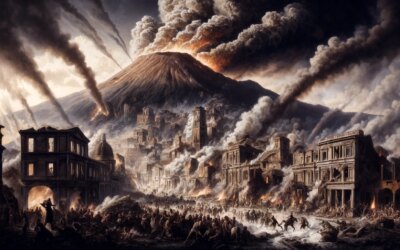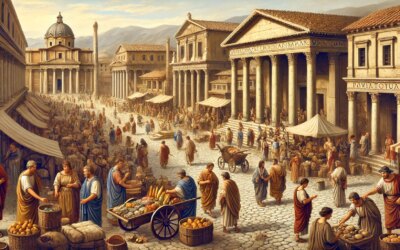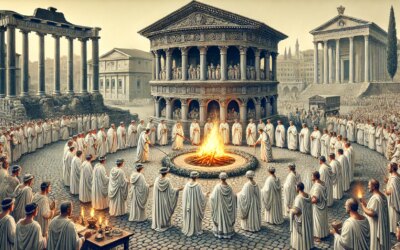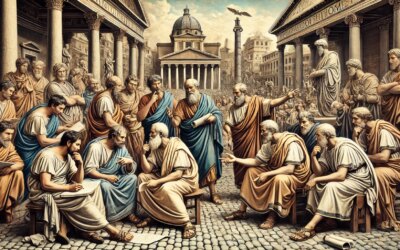Unveiling the Past: The 19th-Century Archaeological Boom
For centuries, much of Rome’s ancient grandeur lay buried beneath layers of medieval and Renaissance construction. By the 19th century, however, a wave of archaeological enthusiasm swept across Europe, driven by a renewed interest in antiquity and the advancement of excavation techniques. This period saw the systematic rediscovery of Rome’s lost wonders, particularly the Roman Forum, reshaping the world’s understanding of the ancient city.
The Excavation of the Roman Forum
One of the most significant sites to be unearthed during the 19th century was the Roman Forum, the political and social heart of ancient Rome. Before its excavation, much of the Forum was a field of overgrown ruins, known locally as the Campo Vaccino (Cow Field). The first serious efforts to clear the site began under Pope Pius VII in the early 1800s, but it was later in the century that systematic digs transformed the area.
Led by archaeologists such as Pietro Rosa and later Giacomo Boni, these excavations revealed the remains of temples, basilicas, and the Curia—offering invaluable insights into Rome’s republican and imperial past. The work was slow and methodical, as scholars carefully documented their findings while clearing centuries of debris.
International Influence and the Grand Tour
The 19th century was also a golden age for European travelers embarking on the Grand Tour, an educational journey through Italy’s cultural landmarks. Wealthy scholars, artists, and collectors from Britain, France, and Germany contributed to the surge in archaeological exploration. Their fascination with ancient Rome led to increased funding for digs and the establishment of institutions dedicated to classical studies.
Challenges and Controversies
Despite its achievements, 19th-century archaeology in Rome was not without controversy. Many artifacts were removed and taken to private collections or foreign museums, leading to debates about cultural heritage. Additionally, early excavation methods often prioritized dramatic discoveries over careful preservation, sometimes damaging fragile structures.
The Lasting Impact of 19th-Century Discoveries
The excavations of the 19th century laid the foundation for modern archaeological practices in Rome. They redefined how scholars approached ancient history and inspired further efforts in the 20th century to restore and protect Rome’s past. Today, the work started in this period allows millions of visitors to walk through the ruins of the Roman Forum and other sites, witnessing history firsthand.
Rome’s Eternal Connection to Its History
The 19th century was a pivotal era for the rediscovery of ancient Rome. As the layers of time were peeled back, the city’s former glory was revealed, cementing its status as the world’s greatest open-air museum. The dedication of those early archaeologists ensured that Rome’s legacy would not remain hidden beneath the earth but instead stand as a testament to human civilization.






